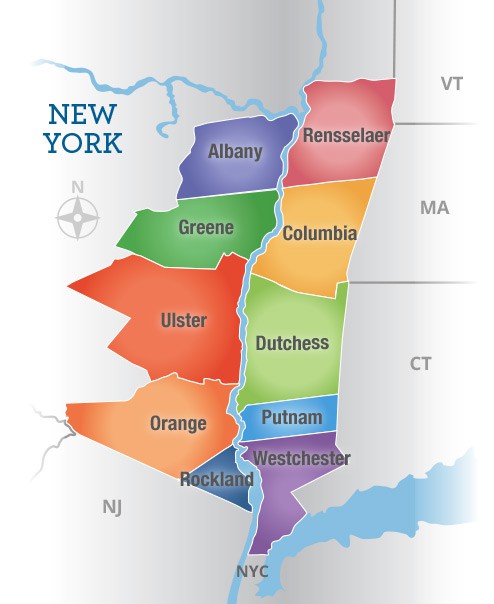 Syracuse residents will be the first in upstate New York to benefit from Time Warner Cable’s Maxx upgrade program, which has been gradually moving across the cable company’s footprint.
Syracuse residents will be the first in upstate New York to benefit from Time Warner Cable’s Maxx upgrade program, which has been gradually moving across the cable company’s footprint.
This month customers will receive communications from TWC outlining its transition to a 100%-digital network. Moving to an all-digital lineup frees up bandwidth to make faster Internet speeds possible. Each analog channel takes the space of three to four HD channels and up to 12 digital networks.
The upgrade means customers using older analog-only televisions will need set-top boxes (or similar equipment) after Time Warner drops analog television service starting in April. The company plans to introduce Maxx service this year to all TWC customers in Syracuse and its suburbs, along with the following central and northern New York service areas: Auburn, Boonville, Burlington, Champlain, Clayton, Cortland, Dixon, Fulton, Gouverneur, Hamilton, Herkimer, Ilion, Indian River, Ithaca, Lake Placid, Lowville, Madison, Malone, Massena, Meridian, Ogdensburg, Old Forge, Oneida, Oswego, Potsdam, Rome, Saranac Lake, Utica, Watertown and West Carthage.
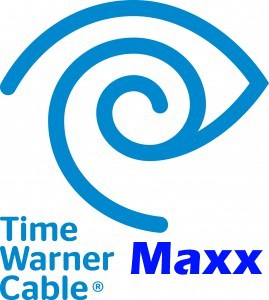 Broadband speeds will increase starting later this spring, with customers experiencing increases up to six times faster, depending on their current level of Internet service. For example, customers who subscribe to Standard, formerly up to 15Mbps, will receive up to 50Mbps; customers who subscribe to Extreme, formerly up to 30Mbps, will receive up to 200Mbps; and customers who subscribe to Ultimate, formerly up to 50Mbps, will receive up to 300Mbps, with no change in their monthly plan price.
Broadband speeds will increase starting later this spring, with customers experiencing increases up to six times faster, depending on their current level of Internet service. For example, customers who subscribe to Standard, formerly up to 15Mbps, will receive up to 50Mbps; customers who subscribe to Extreme, formerly up to 30Mbps, will receive up to 200Mbps; and customers who subscribe to Ultimate, formerly up to 50Mbps, will receive up to 300Mbps, with no change in their monthly plan price.
Some customers will need to switch out their modems to receive the faster speeds and they will be communicated with via mail, email and phone messages with information on how to get a new modem.
Further south, in Wilmington, N.C., some customers are already finding they have faster Internet speeds, if they happen to live in a neighborhood that is a part of the now completed first phase of the Maxx rollout. Customers throughout the rest of the Wilmington and surrounding areas will see their speeds increase by the end of summer 2016.
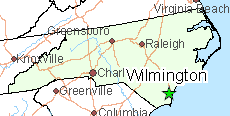 “Our customers have asked for faster Internet speeds and we’re now able to provide these faster speeds at no additional cost to all of our customers in the Wilmington area,” said Darrel Hegar, regional vice president of operations for Time Warner Cable. “This is just the beginning of the benefits customers will see from our TWC Maxx initiative that will enhance our Internet, video and reliability.”
“Our customers have asked for faster Internet speeds and we’re now able to provide these faster speeds at no additional cost to all of our customers in the Wilmington area,” said Darrel Hegar, regional vice president of operations for Time Warner Cable. “This is just the beginning of the benefits customers will see from our TWC Maxx initiative that will enhance our Internet, video and reliability.”
In the Wilmington area, Time Warner Cable has rolled out more than 1,500 TWC Wi-Fi Hotspots located both in popular outdoor areas and in indoor small business locations throughout the area, like restaurants, cafes, salons and shopping malls, with more hotspots to be added through 2016. In upstate New York, Time Warner primarily offers Wi-Fi access through Business Class Internet customers that volunteer to host hotspots. In New York, Time Warner has focused most of its owned and operated hotspot buildout downstate, particularly in Manhattan.


 Subscribe
Subscribe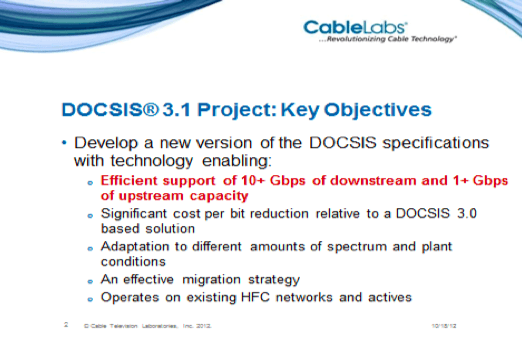
 CenturyLink is planning to trial usage caps on its broadband service later this year, not to reduce congestion or to bank the extra money for service upgrades, but to boost revenue and profits.
CenturyLink is planning to trial usage caps on its broadband service later this year, not to reduce congestion or to bank the extra money for service upgrades, but to boost revenue and profits.
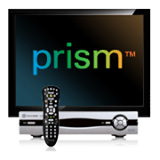 CenturyLink now has 940,000 households connected to its Gigabit Passive Optical Network (GPON), many for its Prism TV service. Another 490,000 businesses also have access to CenturyLink’s GPON network, primarily for broadband. Post claims more than 30% of the company’s service area is now served with broadband speeds of 40Mbps or greater.
CenturyLink now has 940,000 households connected to its Gigabit Passive Optical Network (GPON), many for its Prism TV service. Another 490,000 businesses also have access to CenturyLink’s GPON network, primarily for broadband. Post claims more than 30% of the company’s service area is now served with broadband speeds of 40Mbps or greater.